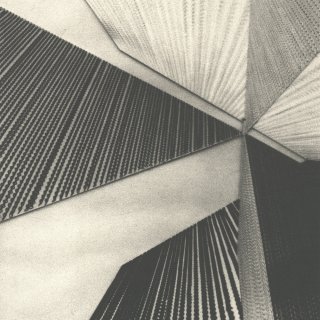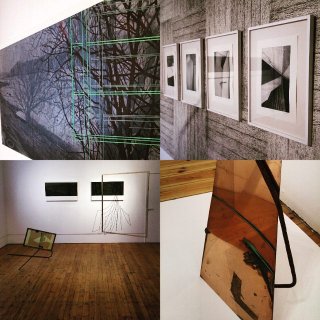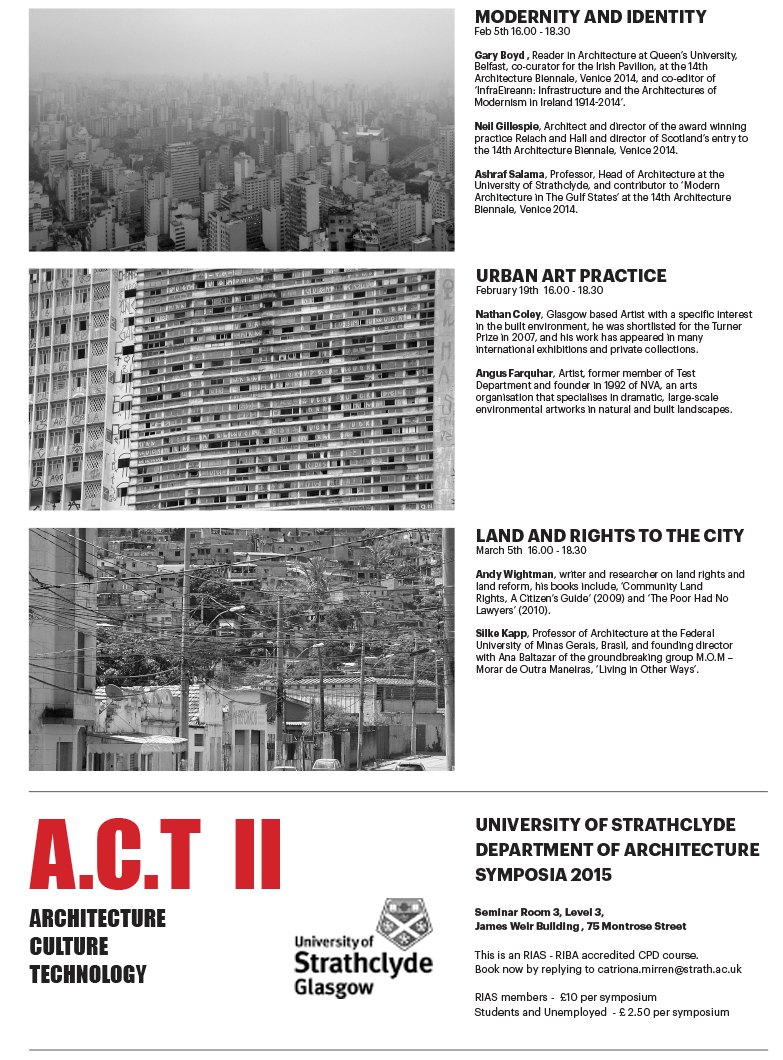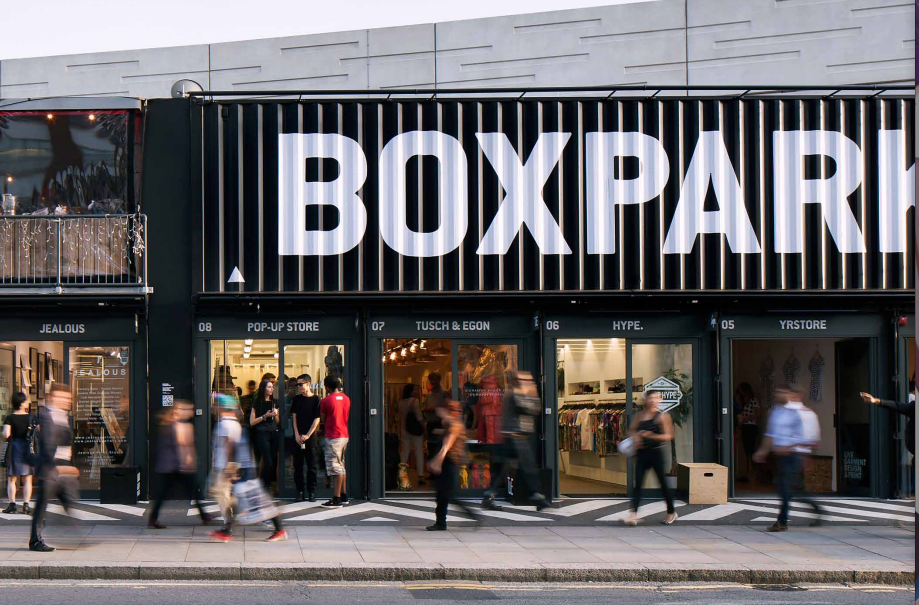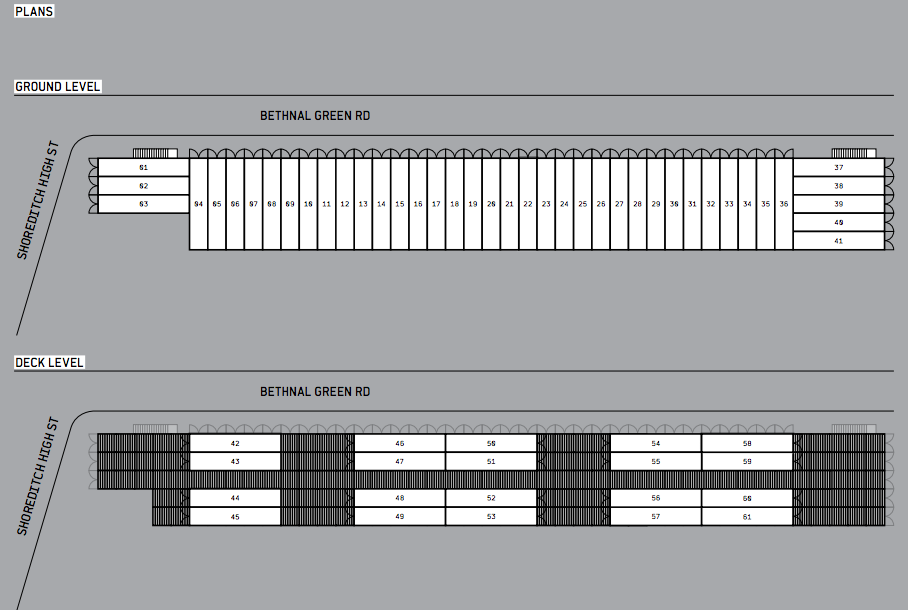Yasmin Ali
Urbanism // Design
Preview: SHBT Lecture series 2023
March 28th, 2023The Scottish Historic Buildings Trust (SHBT) is a charitable organisation focusing on historic and heritage architecture, and is the largest organisation of its kind in Scotland. They have saved and enabled the restoration of twenty-five significant Scottish buildings, including its base at Riddle’s Court, off the Royal Mile, also known as The Patrick Geddes Centre, where they hold their events and lecture series. They have recently announced on their social media channels, their Spring Lecture series, which includes two speakers a month, featuring aspects of local architectural and urban social history.
The talks are available for in-person and online viewing and feature a range of knowledgeable speakers, including professors and historians. The Spring series of six lectures mostly focuses on the rich history of The Tron Kirk, sited on The Royal Mile, a few minutes walk from Riddle's Court. Some of the talks also include a walk to the nearby Tron and its surroundings, including the upcoming walk and talk led by John Lowrey: 'Puddings, Printing and Palladianism: The Tron in its Context' on 26th April. It is sure to be an interesting way to spend a Springtime evening.
Abstraction from Architecture
October 31st, 2015Abstraction from Architecture was an exhibition recently held at Edinburgh Printmakers. It was curated by the artist Bronwen Sleigh, known for the influence of architectural features within her work which was also featured within this exhibition. It also features the work of George Charman, Carla Scott Fullerton, and Andrew MacKenzie, all artists chosen by Sleigh for their focus on architecture.
Bronwen Sleigh's work features manmade places and forms, including architecture and a careful documentation process to translate the shapes to 2d prints and 3d drawings and sculptures. Her eye for architecture brought together these artworks and artists through careful curation.
MacKenzie's work features abstracted line drawings in bright pastelwork overlaid on traditional landscapes. Two paintings, one from Edinburgh University's collection and one from London, plus four pastel and gouache on paper drawings made bespoke for this exhibition including 2 lithographs made with EP assistant director Alastair Clark.
Sculptor Fullerton worked with Glasgow Print Studio to produce sculptures which playfully incorporated screens for screenprinting within the work, as well as moulded copper sculptures from etching and litho plates
Charman's work combines surface quality and the use of printmaker to abstract a surface, as well as understanding the role of the viewer's response to the environment. A featured piece includes a rubbing from a building from his neighbourhood estate, combined with a screenprint dusted with cement to produce a mesmerising pattern. A series of work in frames (pictured) explore the nature of interior space through collaged printed imagery of a striking installation featuring chains.
12 September - 24 October 2015
edinburghprintmakers.co.uk/exhibitions/Abstraction-from-Architecture
Abstraction from Architecture
Artists: George Charman, Carla Scott Fullerton, Andrew McKenzie and Bronwen Sleigh
Event Preview: ACT Symposia Spring 2015
January 20th, 2015
ARCHITECTURE CULTURE TECHNOLOGY Symposia Series
Strathclyde's Architecture school has announced their ACT programme for 2015, which builds on the success of last year's sessions. Award-winning artists, academics, artists, architects and writers have been invited for a carefully curated curriculum of Architecture, Culture and Technology seminars.
Current themes are:
- Modernity and Identity
- Urban Art Practice
- Land and Rights to The City
The series begins on the 5th of February with Modernity and Identity. Speakers on this theme include Gary Boyd, Reader in Architecture at Queen’s University, Neil Gillespie, Architect and director of Reiach and Hall and Ashraf Salama, Professor, Head of Architecture at the University of Strathclyde. All three esteemed speakers also have a connection to the Venice Biennale Architecture programme 2014.
Each session takes place on a Thursday evening, from 1600-1830. The symposia are open to all. For professional architects this is an RIAS-RIBA accredited CPD course.
Dates for sessions:
Modernity & Identity 5th February;Urban Art Practice 19th February;Land Rights to the City 5th March
Times: 1600-1830 for all sessions
Venue: University of Strathclyde, Department of Architecture, 75 Montrose Street
RIAS members - £10 per symposium; Students and unemployed - £2.50
For more information and to book please reply to catriona.mirren@strath.ac.uk
// Reviews to follow
BOXPARK, London: Retail starts in boxes...
October 19th, 2014
BOXPARK is dubbed as the world's 'first 'pop-up' mall', by streetwear brand BOXFRESH, founded in 1989, opened in East London three years ago. I'm visiting London so I took the time to go see it, as it has long been on my London to-do list. Its innovative concept looks like shipping containers on plan, and actually makes use of these in its construction.
Shipping containers have found popular repurposing in buildings of late, including notably Dundee's District 10, an office complex, but somehow still look fresh when seen in context. BOXPARK also has a strong digital brand and online presence, as well as plans to go cashless and pay soley via its app. While there, I visited resident streetwear and record brand MILLIONHANDS to return an online purchase, and it was all done smoothly at the touch of a computer button.
The mall has a streetscape at Ground level and an upper level foodcourt with a range of eateries including chains and one-off outlets, as well as communal picnic areas. There is also space for regular events and parties on the upper level. The retailers chosen at Ground level all have strong brands, including the independent labels, and many carry a generous 20% student discount to appeal to the youth vote Boxing clever, BOXPARK punches above its weight within its competitive locale of trendy Shoreditch.
Boxpark Website - here
// Images from BOXPARK marketing pack
Entries in: Springburn Winter Gardens Competition
September 21st, 2014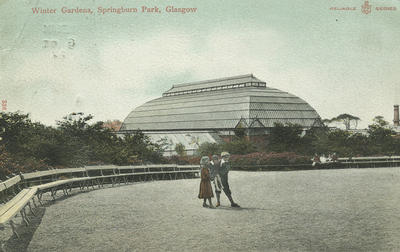
Restore Springburn Winter Gardens is a passionate and informed community-led project by Springburn Winter Gardens Trust to restore Scotland's largest glasshouse, the 'A-listed' Springburn Park Winter Gardens, for future generations of Glaswegians. It has been backed by an architectural competition for a pavilion to be constructed in the interim phases of the project during restoration.
The competition, run by GIA Glasgow Institute of Architects in association with NG Homes and MAKLAB, has attracted a range of competition entries, whose 3D printed models and images are currently on show. To coincide with Doors Open Days, the top 25 are facing a design competition public vote is on at Mosesfield House today from 11am till 5pm.


